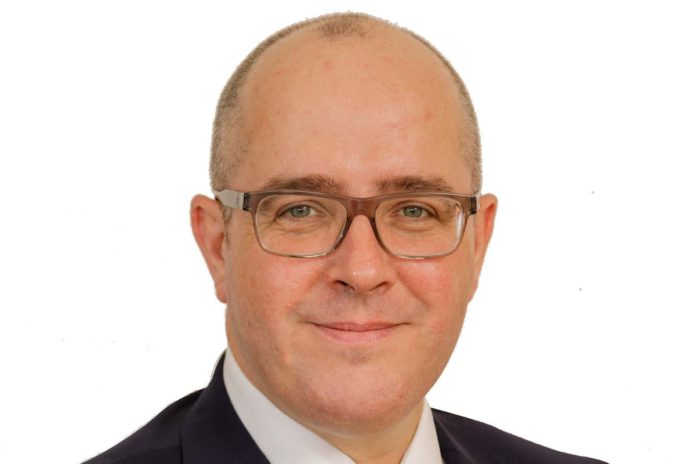Chris MacManus Midlands Northwest MEP shares his views on Teagasc advice surrounding dairy-beef, following a meeting with senior members of the Connacht and Galway IFA executives in Athenry.
I reject the notion that the suckler model should be abandoned and all beef farmers need to move to a dairy-beef system.
My remarks come in response to Professor Gerry Boyle, outgoing director of Teagasc, advocating farmers should switch from beef-cow production to dairy-beef production as part of Ireland’s response to the climate crises.
Many beef farmers in my constituency are disappointed with the remarks Professor Boyle made.
In my view, the products are different, and both should have a place on supermarket shelves.
The low carbon suckler production model is designed to have minimal impacts on soil health, water quality, air quality and biodiversity, while delivering beef grades of the highest quality.
This is a product that is in demand in European markets. It is suited to the land conditions of my constituency.
The sector has been the lifeblood of rural communities for generations, and with time, comes experience.
The dairy-beef system will be a potential option for some farmers, but it is not a panacea.
Costs and land quality issues
The high cost of entering dairy, combined with land quality issues, will be a barrier for many farmers in my constituency.
The average dry stock farm grows around half the tonnage of grass needed per hectare to be an efficient dairy farm.
You may well end up in a situation where farmers all over the country use the model. However, the cost of production sharply differs, on a regional basis. This leads to lower incomes in the west, border and north of the island.
I am under no illusions about the climate change challenge. But, the collapse of the suckler sector to focus on servicing the dairy sector is not the solution.
EU consumers will still be demanding a premium beef product that the suckler sector currently provides. Someone will fill that gap.
One avenue to impact emissions is by the provision of greater information on the carbon footprint of the production model used.
Facilitating consumers to choose the low carbon, grass-fed model over imports that involve the destruction of the Amazon rainforest in Brazil would be a start.
We also need to build on initiatives like the LIFE BEEF CARBON project. It is working on a cut of beef’s carbon footprint by 15% relative to the start year, 2016.
Every sector must play its part, and no one measure will deliver the radical transformation required.
I am convinced the suckler beef sector deserves a future and can be sustainable. I am, therefore, calling on Teagasc to undertake the research required to create a future vision for the sector and end its policy of sectoral abandonment.





